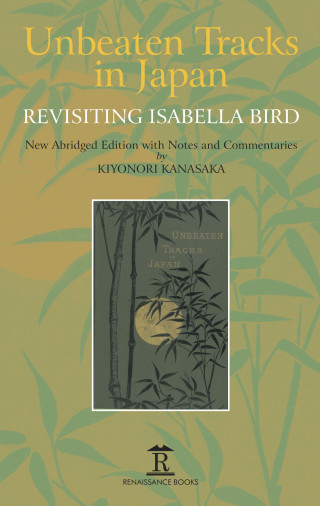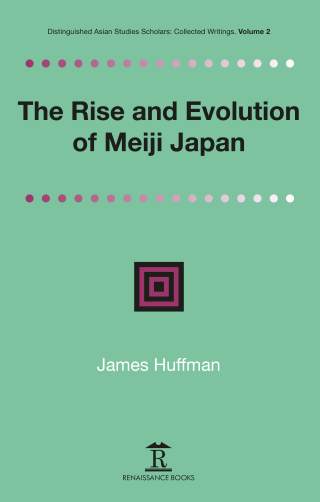Plate section faces page
Foreword – Ian Nish
Publisher’s Preface – Paul Norbury
Acknowledgements
Introduction – Hugh Cortazzi
PART 1: 1967
1. Sir Francis Rundall’s Valedictory Despatch
2. Japanese Economic Aid
3. The State Funeral for Mr Shigeru Yoshida
4. Japan: Annual Review for 1967
PART 2: 1968
5. Visit of the Secretary of State to Japan, 7–10 January
6. The Visit of USS Enterprise to Japan
7. Impressions of Contemporary Japan
8. The 58th (Regular) Diet Session
9. The So?ka Gakkai and the Ko?meito?
10. Japanese Economic Success: A British Opportunity
11. The Japanese Left
12. The Japanese Mood in 1968
13. Mr Sato’s New Cabinet
14. Japan: Annual Review, 1968
PART 3: 1969
15. Revolting Students: Japanese Style
16. Japan’s Science and Technology
17. Labour and Incomes in the Japanese Economy
18. British Week, Tokyo
19. The Merry Wives of Ginza: Women’s Status in Japan 1
20. The Quality of Life in Japan
21. Japan: Annual Review, 1969
22. The Japanese Self-Defence Forces
PART 4: 1970
23. Osaka Expo ’70: A First Impression
24. The Japanese Mood in 1970
25. Japan’s Economy in the 1970s: The Miracle Excels Itself
26. Japan’s Changing Society and the New Generation
27. Japanese Exports: How Much of a Threat?
28. Japanese Protectionism: Signs of a Thaw?
29. ‘The Rest are Monkeys’: The Japanese Abroad
30. Japan in the 1970s: The Trade Mark and the Sword
31. Japanese Militarism
32. Mishima’s Suicide
33. Japan: Annual Review for 1970 – ‘Economic Man’ Comes of Age
PART 5: 1971 – THE SHOWA EMPEROR
34. The Emperor of Japan: The Man and His Life
35. The Emperor of Japan: Human or Divine?
36. The Emperor and Empress of Japan
37. The Visit of the Emperor and Empress of Japan to Europe as Seen from Tokyo
38. Mr Sato’s New Cabinet
39. Relations Between Japan and the United States
40. Japan in 1971: The Rude Awakening
PART 6: SIR JOHN PILCHER’S LAST MONTHS IN JAPAN
41. Japan in the 1970s: ‘Guns and Butter’
42. Japanese Export Successes: Cheap, Sweated Labour?
43. Basic Japan and the Shifting Mood 1967–71
44. The Japanese: ‘Frail Flowers of Opportunism’?
PART 7: 1972 – A NEW ERA FOR THE BRITISH MISSION
45. The Lord Privy Seal Brings Concorde to Japan
46. The Plebian Mr Tanaka Replaces Mr Sato
47. Japanese Investments Overseas
48. Mr Tanaka in Charge
49. The Japanese on the Road to Peking
50. The First Visit to Japan by a British Prime Minister
APPENDICES
I ‘Sir John Pilcher: Ambassador to Japan, 1967–1972’. Portrait by Hugh Cortazzi
II Letter from Kyoto, January 1936
III ‘A Perspective on Religion in Japan’ (Lecture at the Nissan Institute, May 1984)
IV ‘Is Economic Success Destroying Japanese Traditions?’ (Occasional Paper/Speech, 1975)
V Book Review, 1977: Deus Destroyed: The Image of Christianity in Early Modern Japan
VI ‘An Introduction to Japanese Gardens’
(Occasional Paper/Speech. Early1980s?)
Index





